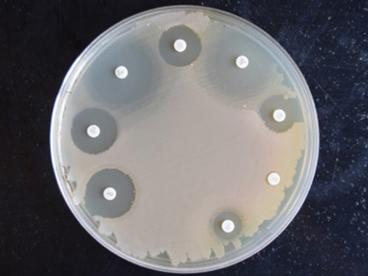
Microorganisms – bacteria, viruses, fungi – reside in diverse and heavily populated communities on the skin and mucous membranes of animals, including humans. Wherever they are located on or in the body, these microbes maintain intimate and often mutually beneficial relationships between themselves and their animal hosts. The vast community of bacteria residing in the digestive tract can undergo significant changes over the lifespan of food animals and people, and these shifts in population can affect the host’s overall health and development. Drugs, particularly antimicrobial agents, can contribute to these bacterial community shifts. Antimicrobial drugs can promote the growth of food animals, but their widespread use is contributing to increased microbial drug resistance. Similarly, excessive antibiotic use by people can fight disease, but can also lead to the emergence of drug-resistant microorganisms. Through genomic analyses and mathematical modeling, faculty in the Microbiome/Antibiotic Resistance research cluster are characterizing the intestinal bacteria, viruses, and the small DNA molecules that transfer antibiotic resistance among bacteria in food animals. They seek to discover how changes in the gut microbial community affect animal growth and well-being. Their research will contribute to the development of antibiotic alternatives, such as new probiotics, to enhance animal growth and reduce the incidence of antimicrobial drug resistance.